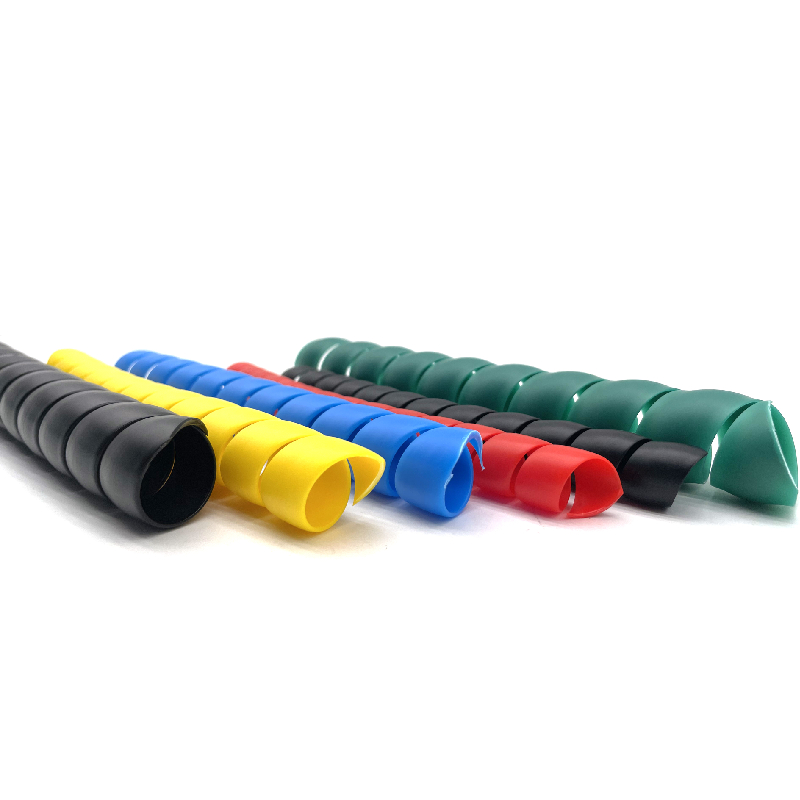High Pressure Power Steering Hose Repair Expenses and Considerations
Understanding High Pressure Power Steering Hose Repair Costs
When it comes to vehicle maintenance, few components are as critical to comfort and safety as the power steering system. The power steering hose, particularly the high-pressure line, plays a vital role in ensuring smooth steering performance. However, like any automotive component, these hoses can wear out, leak, or otherwise fail, leading to potential steering issues and the need for repairs. Understanding the costs associated with high-pressure power steering hose repairs is essential for vehicle owners looking to budget for this inevitable maintenance.
What is a High Pressure Power Steering Hose?
The high-pressure power steering hose is responsible for transporting power steering fluid from the pump to the steering gear. This fluid pressurizes the system, making it easier to steer the vehicle, especially at low speeds. Because the hose operates under high pressure, it is typically made of durable materials, but it can still suffer from wear and tear over time due to heat, vibrations, and exposure to corrosive substances.
Signs of a Failing Power Steering Hose
Recognizing the signs of a failing high-pressure power steering hose can help you address issues before they escalate. Common symptoms include
- Steering Wheel Difficulty If you notice unusual resistance when turning the steering wheel, this may indicate a problem with the power steering system. - Fluid Leaks Puddles of power steering fluid under your vehicle (typically a red or brown oily fluid) often signal a leak in the high-pressure hose. - Whining Noise A whistling or whining noise when turning the steering wheel can indicate low fluid levels, often due to a leak in the hose. - Warning Light Many modern vehicles have a dashboard warning that may illuminate if there is an issue with the power steering system.
Repair Costs Breakdown
The total cost of a high-pressure power steering hose repair can vary significantly based on several factors, including the make and model of the vehicle, labor rates in your area, and whether you choose to use aftermarket or original equipment manufacturer (OEM) parts.
1. Parts Cost An OEM high-pressure power steering hose typically ranges from $50 to $150. Aftermarket options may be less expensive, with prices starting around $30. Keep in mind that opting for OEM parts generally ensures compatibility and quality.
high pressure power steering hose repair cost

2. Labor Cost Labor costs can vary widely based on the repair shop’s location and reputation. On average, expect to pay between $75 and $150 per hour for labor. Since replacing a high-pressure power steering hose usually takes about 1 to 2 hours, labor costs can add another $75 to $300 to your total repair bill.
3. Total Estimated Cost Summing these costs, you could be looking at anywhere from $100 to $450 for the repair. In more complex or luxury vehicles, repair costs could even exceed $600, especially if additional parts need replacement or if the system requires flushing and refilling.
Tips for Managing Repair Costs
1. Regular Maintenance Regularly inspecting your power steering system and maintaining proper fluid levels can prevent costly repairs down the road.
2. Get Multiple Quotes Don’t hesitate to shop around. Obtaining quotes from several mechanics can help you find the best price.
3. Consider DIY If you are mechanically inclined and have the right tools, replacing the high-pressure power steering hose can be a manageable DIY project, potentially saving on labor costs.
4. Check for Warranties If your vehicle is still under warranty, check to see if the repairs can be covered. Some dealerships might offer special deals for service or may cover specific components.
Conclusion
Understanding the costs associated with high-pressure power steering hose repairs is crucial for every vehicle owner. While repairs can range from relatively inexpensive to quite significant, regular maintenance can help prolong the life of your steering system and minimize surprises. Being aware of symptoms and acting quickly can save you time, money, and, more importantly, ensure your vehicle remains safe and comfortable to drive.
-
Ultimate Spiral Protection for Hoses & CablesNewsJun.26,2025
-
The Ultimate Quick-Connect Solutions for Every NeedNewsJun.26,2025
-
SAE J1401 Brake Hose: Reliable Choice for Safe BrakingNewsJun.26,2025
-
Reliable J2064 A/C Hoses for Real-World Cooling NeedsNewsJun.26,2025
-
Heavy-Duty Sewer Jetting Hoses Built to LastNewsJun.26,2025
-
Fix Power Steering Tube Leaks Fast – Durable & Affordable SolutionNewsJun.26,2025

